Our experience at Go Fest 2021
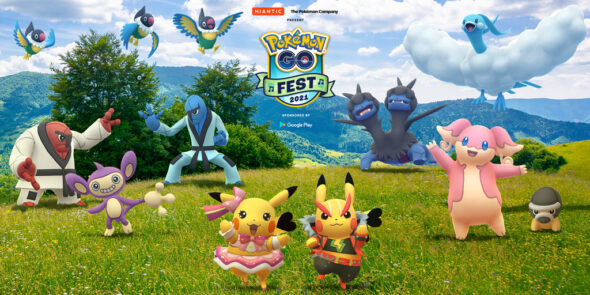
Well, here we are again. We wrote about 2019’s Go Fest event, which took place in Dortmund, and we were eager to return to Germany to see what Niantic had in store for us in 2020, but then a tiny pandemic happened. While Go Fest was still held in 2020, the format changed drastically. Rather than being limited to a handful of locations, players all around the world could participate. With the Covid-19 crisis still ongoing, 2021’s edition of Go Fest went for the play anywhere formula again, but the ticket price was drastically reduced compared to the previous year. The temptation of snagging a bunch of shiny Pokémon and the inclusion of Meloetta, a mythical creature making its debut in Pokémon Go, enticed us to take part in this year’s Go Fest activities again. So what was Go Fest 2021 like?
We should perhaps start by explaining what Go Fest is, for those of you that haven’t kept up with Pokémon Go. It’s an annual celebration where developer Niantic pulls out all the stops to bring the player base together (and rake in quite a bit of cash, let’s not kid ourselves here). While events are frequent in Pokémon Go, including the monthly community days where a specific monster spawns in abundance, none of them are like Go Fest, although the Kanto Tour event that was held this spring comes close. During Go Fest, players can snag Pokémon that are typically rare outside events like this, such as the elusive Unown, and a special research quest line rewards players with a new legendary creature. One of the main draws for players to participate are shiny Pokémon. These variant creatures feature alternate colors compared to the standard variants. It’s rare to find these in the wild, and during events like Go Fest, the odds of encountering shiny Pokémon are massively increased.
2021’s edition of Go Fest took place over two days, the 17th and 18th of July. Day one was mostly focused on catching and the odds for encountering shiny Pokémon were considerably higher, allowing players to fill some gaps in their collection. New shiny critters also made their debut appearance, including Wishmur, Audino, Throh and Sawk. Pokémon Go is currently up to the sixth generation of monsters, and because it would be impossible to divide the entire world into ‘habitats’, something that was possible in pre-covid Go Fest editions, a different approach was used to ensure a decent distribution of spawn variety. Each hour, spawns rotated based on a habitat, and each of the habitats featured during the event returned twice. This approach kept things fresh throughout the day, though the downside was that it greatly decreased your opportunity to seek out specific monsters. If you wanted that coveted shiny Deino, for example, you only had two hours to try and find one in the wild or get lucky with raids.
Another recent inclusion in Pokémon Go’s events is “version-exclusive” content, a feature that mimics the mainline games. This was introduced during the Kanto tour event this spring, as players had to choose between the “Red” or “Green” version of the event. The main difference between those versions was which Pokémon would be more common in their shiny form, and that you’d need to seek out someone with the other version of the game to perform trades of certain monsters in order to complete that event’s questline. Being forced to make a choice that locks you out of certain content was also a feature during the Bidoof breakout event last month, although the difference in content was negligible. For Go Fest, the differences were far more significant. The theme of the event was a music festival, and players had to assemble a band of Pokémon musicians. Early on, players had to choose between Pop Star Pikachu or Rock Star Pikachu, two costumed versions of the franchise mascot. This choice didn’t just reward a Pikachu wearing a matching outfit, but it also determined the style of in-game music (not that anyone plays Pokémon Go with the sound on). Two more choices had to be made for Galarian Ponyta or Galarian Zigzagoon and whether or not Gardevoir and Flygon would be wearing hats as well. Trading these “version exclusive” monsters was still possible though, so it was certainly doable to obtain a complete set of Go Fest mons regardless of which version you chose. Zigzagoon and Ponyta were available in raids as well on both days, so trades weren’t required to obtain the pair.
The ultimate prize of Go Fest was the legendary Meloetta, which was available as a timed exclusive by completing the event’s exclusive questline. Players that weren’t able to participate should be able to obtain Meloetta through a different event later this year so don’t fret if you missed out. Overall, the amount of content was definitely worth the price of participation, especially given that last year’s Go Fest offered up a similar amount of content at a much higher price point. That said, we really preferred the Go Fest of the past. Yes, it’s more exclusive, and we’re aware that not everyone can snag a ticket for these, let alone travel to a different country simply to catch virtual monsters in a mobile game. However, the festival-like atmosphere, in-person decorations and activities, and the chance to pick up exclusive merch made for an experience that is far more memorable than the current incarnations. Granted, there was some merch for this year’s Go Fest available online as well, but unless you were willing to pay through the nose to scalpers and resellers, you were left out in the cold if you live outside of the area serviced by Niantic’s webshop.
Meanwhile, Sunday was focused on raid battles, something Niantic received scrutiny for over on the Silph Road subreddit, as raiding higher tier monsters requires you to team up with other players, which means you have to gather around a gym. With social distancing still in effect in most places, this seemed like a counterintuitive approach, and many players would’ve preferred the main focus of the day to be on in-game activities that could be performed solo, such as last year’s Team Rocket takeover. The social distancing issue was somewhat mitigated by Niantic giving everyone a handful of remote raid passes, but the majority of raid passes obtainable during the event involved walking up to a gym in person. Niantic being tone-deaf to pandemic rules isn’t new either -the company recently announced that they’d be readjusting the interaction radius for gyms and Pokéstops to pre-pandemic levels, even as numbers are starting to rise again. Given that Pokémon Go’s revenue has soared during the pandemic, thanks to the implementation of this increased interaction radius and the introduction of remote raiding, it seems like a bad decision on their part, and time will tell whether rolling back these features will hurt Pokémon Go’s popularity. Admittedly, Saturday’s questline also required you to interact with a stranger, as you needed to add a new friend as part of the Meloetta research, but this could be mitigated by sharing your QR code on a 3rd-party app and having a random stranger from around the world add you.
Sunday also received a mini-questline of sorts, which added lore as to why every Legendary Pokémon in the game was returning in a single day -it was the doing of Hoopa, a mythical Pokémon that is yet to appear in the game itself. Hoopa was creating portals in the sky through which the other legendary Pokémon were arriving. While not having any effect on gameplay whatsoever, this was a fun little nod to the sixth generation games, and the game’s recently revamped skyline was altered to match the atmosphere. Hoopa itself made a surprise appearance on Pokémon Go’s load screen as well.
The focus on raiding combined with a lower shiny rate on day two created a completely different vibe, and if we look at early reactions from players, it appears that Sunday was perceived as significantly worse than Saturday. While we saw a few complaints about raid issues here and there, the majority of negative reactions came from the reduced shiny rate. We certainly felt it too: we managed to snag 40 shiny monsters on day one, compared to a paltry 10 on the second day. Of course, any time spent raiding is time players are unable to do anything else, and with a shiny rate that was reduced overall, it’s only fair that there is a smaller yield. In this way, perhaps the shiny rate should’ve been kept the same for both days, giving players that wanted to focus on hunting alternately colored creatures more incentive to do so, even with the number of raid passes distributed during the event.
With the 2021 edition of Go Fest, Niantic delivered an enjoyable event, though not an outstanding one. Perhaps it’s because previous editions -which came at a significantly higher price point- felt more focused. Perhaps having the real-life experience of Go Fest at select locations added a feeling of adventure that just isn’t around when you’re visiting the same place you spend your time at during community days. We can’t complain about the price of entry: it’s hard to beat 16 hours worth of content for a measly €5.49. Still, we’d rather see Go Fest return to its pre-Covid form next year.
Our experience at Go Fest 2021,
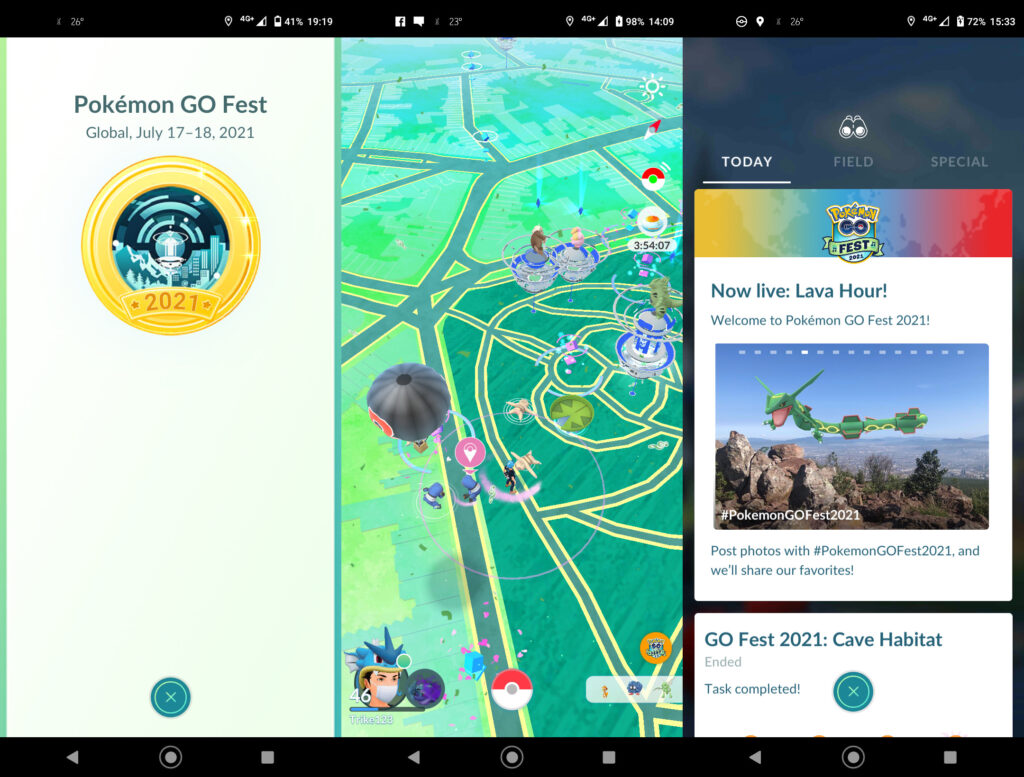
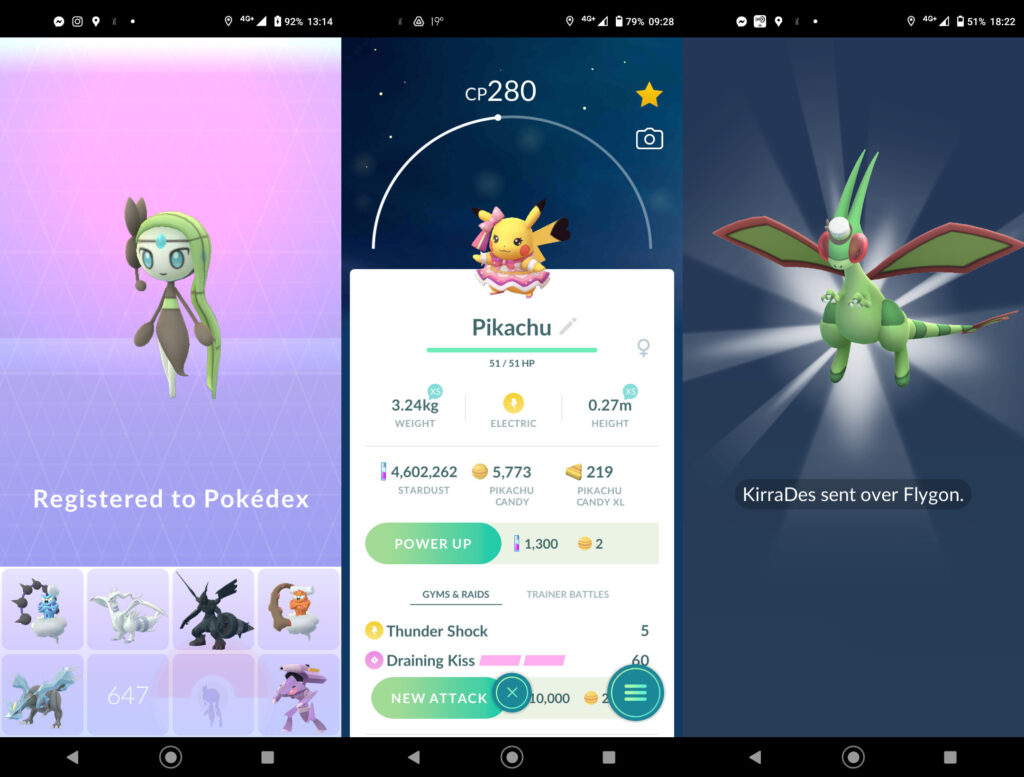
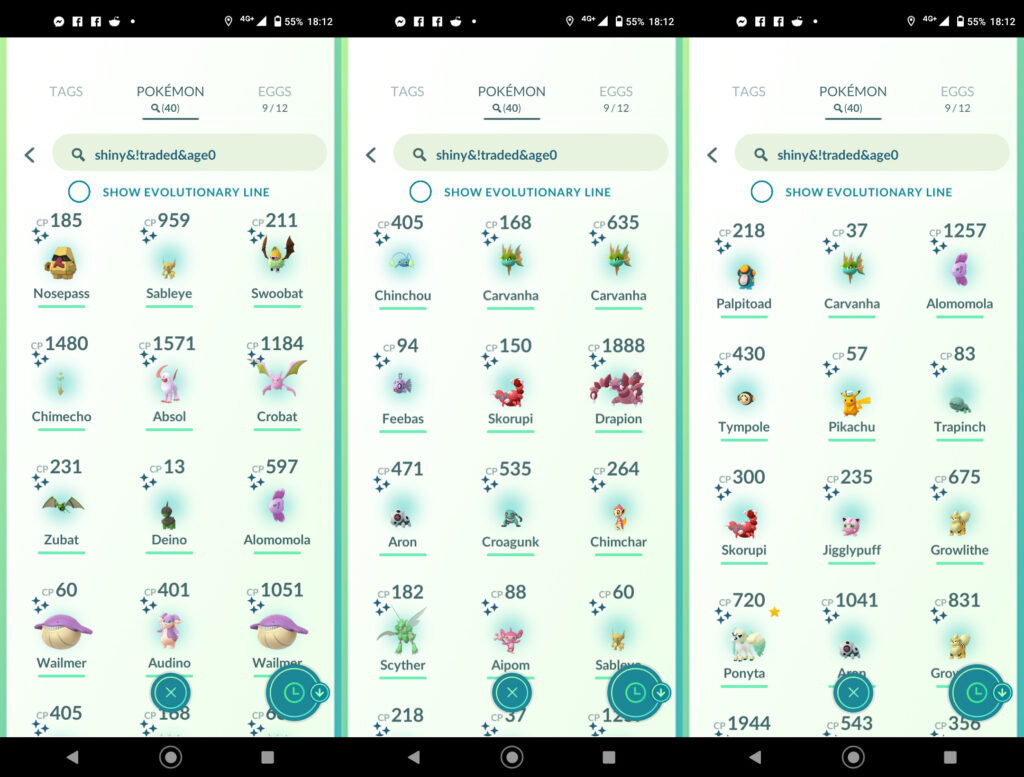
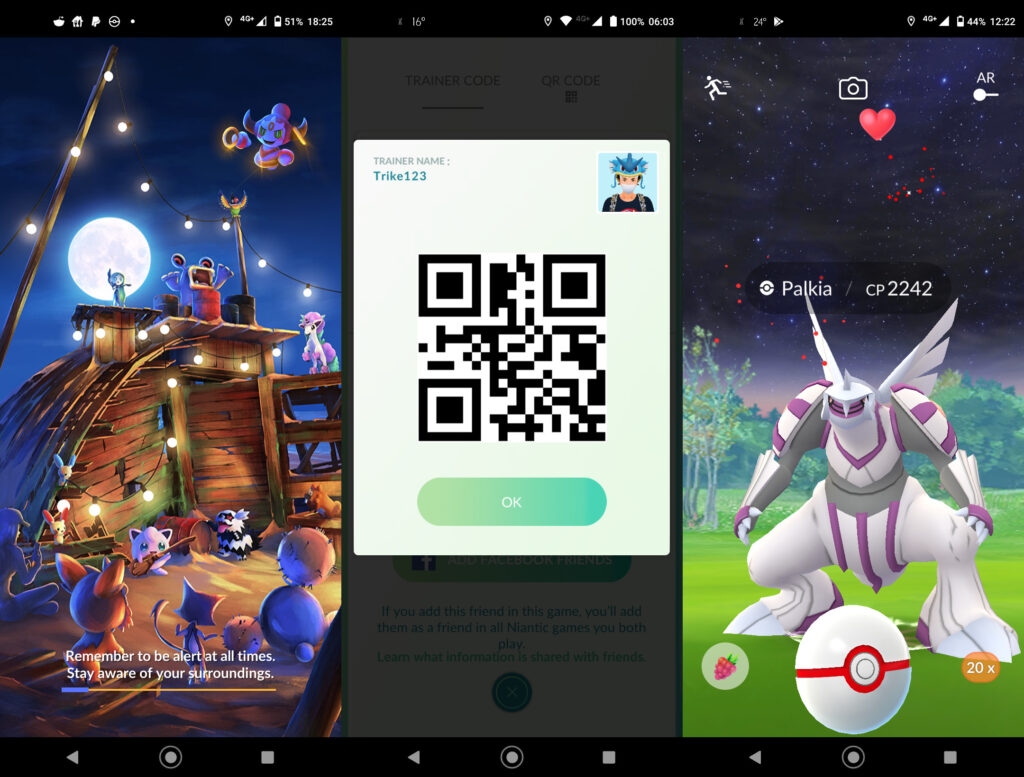
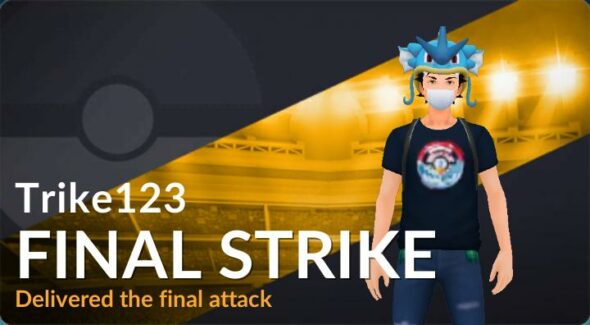

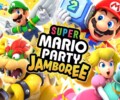
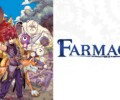

No Comments